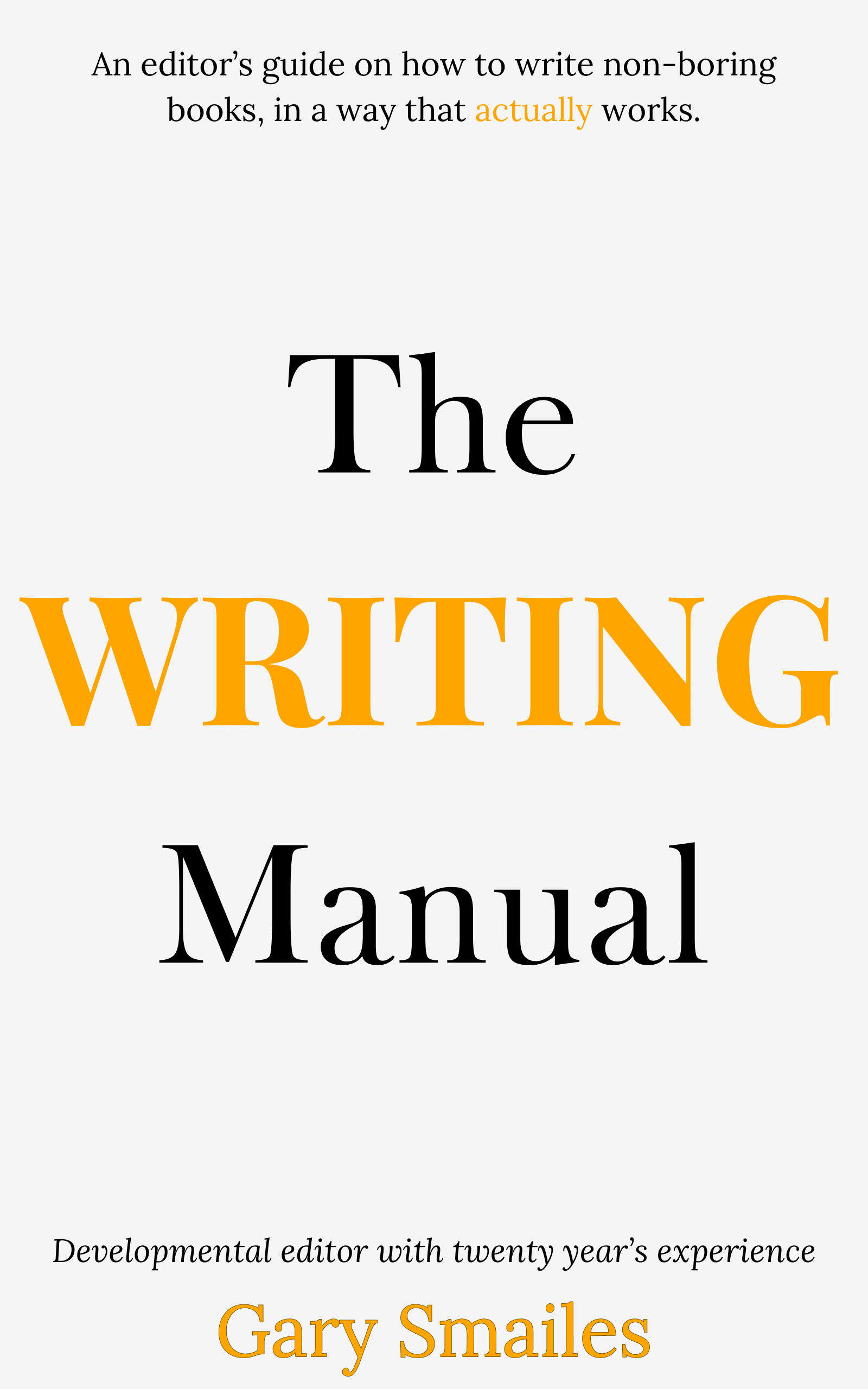



Developmental editing is a crucial step in the writing process that focuses on the structure and content of a manuscript. It's not just about correcting grammar and punctuation; it's about enhancing the overall narrative, ensuring that the plot is engaging, the characters are well-developed, and the pacing is just right.
For both new writers and experienced authors, developmental editing can be the difference between a good manuscript and a great one. It helps to identify and address any major issues before moving on to more detailed edits like line editing and copyediting.
The purpose of this post is to provide a comprehensive checklist for writers and editors to use during the developmental editing phase. Whether you're working on your first novel or your tenth, this guide will help you refine your story and bring your vision to life. For more information on the different types of editing, you can check out this Wikipedia article on editing.
Table of Contents
Developmental editing is a type of editing that focuses on the big picture elements of a manuscript. Unlike line editing or copyediting, which concentrate on sentence structure, grammar, and punctuation, developmental editing delves into the core of the story. This includes the plot, character development, setting, pacing, and overall narrative structure.
One of the key aspects of developmental editing is to ensure that the story is coherent and engaging from start to finish. This means looking at the story arc, identifying any plot holes, and ensuring that the characters' journeys are believable and compelling. It's also about making sure that the pacing is consistent and that the setting adds depth to the narrative.
Developmental editing differs significantly from other types of editing. While copyediting might focus on correcting typos and grammatical errors, developmental editing looks at the story's structure and content. It's often the first major edit that a manuscript undergoes, setting the stage for subsequent edits that will refine the language and polish the text.
The timing for developmental editing is crucial. It usually takes place after the first draft is complete but before any detailed line editing or copyediting begins. This allows the editor to address any major issues without having to worry about minor grammatical errors. For writers, this stage can be invaluable, offering a fresh perspective on their work and helping to bring their vision to life.
To illustrate the importance of developmental editing, consider the story of J.K. Rowling's Harry Potter series. Before becoming the beloved series we know today, Rowling's manuscripts went through extensive developmental edits that helped shape the characters, plot, and world of Hogwarts. This process ensured that the story was not only captivating but also cohesive and well-structured.
Before diving into the developmental editing process, it's important to prepare both mentally and practically. This stage can be intense and requires a willingness to critically evaluate your work. Here are some steps to help you get ready:
After completing your first draft, take some time away from your manuscript. This break allows you to return with fresh eyes and a more objective perspective. Whether it’s a few days or a couple of weeks, the time away can help you see your work more clearly.
Sharing your manuscript with beta readers or writing groups can provide valuable insights. Their feedback can highlight areas that need improvement and offer different perspectives on your story. Make sure to choose readers who are familiar with your genre and can provide constructive criticism.
Creating an outline of your manuscript can help you see the big picture. Break down your story into its main components: plot, characters, setting, and themes. This outline will serve as a roadmap during the developmental editing process, helping you stay focused on the key elements of your story.
Before starting the edit, clarify what you want to achieve. Are you looking to strengthen your plot, develop your characters more deeply, or improve the pacing? Knowing your goals will help guide your editing efforts and keep you on track.
Developmental editing often involves receiving detailed feedback on your manuscript's strengths and weaknesses. It’s essential to approach this feedback with an open mind. Remember, the goal is to improve your story, and constructive criticism is a part of that process.
By following these steps, you can set yourself up for a successful developmental editing phase. Preparation is key to making the most out of this crucial stage in your writing journey.
The developmental editing checklist is a comprehensive guide to help you evaluate and improve your manuscript. This checklist covers key aspects of your story, ensuring that each element is well-developed and cohesive. Let's break it down:
A strong plot and clear structure are the backbone of any compelling story. Here are some questions to consider:
Characters are the heart of your story. Ensure they are well-rounded and relatable:
The setting and world-building add depth and context to your story. Evaluate these elements closely:
Pacing and flow keep the reader engaged from start to finish. Consider the following:
The theme and message give your story depth and resonance. Reflect on these aspects:
Dialogue and voice are crucial for bringing your characters to life and enhancing the story's tone:
Conflict and tension drive your story forward and keep readers hooked:
Using this comprehensive developmental editing checklist will help you thoroughly evaluate and improve your manuscript, ensuring that every element of your story is well-developed and cohesive.
Once you've completed the developmental editing process, it's time to focus on the final steps and polishing your manuscript. This stage ensures that your story is ready for submission or publication. Here are some key steps to follow:
Take the feedback you received during the developmental editing phase and make the necessary revisions. This may involve reworking entire sections, adding new scenes, or refining character arcs. Be thorough and ensure that the changes enhance the overall story.
After addressing the big picture elements, focus on the finer details. Line editing and copyediting involve correcting grammar, punctuation, and sentence structure. This step ensures that your manuscript is clear, concise, and free of errors. Consider hiring a professional editor or using editing software for this stage.
Proofreading is the final check for any lingering typos or formatting issues. It's the last line of defense before your manuscript is considered complete. Read through your work carefully, or enlist the help of a proofreader to catch any mistakes you might have missed.
Ensure that your manuscript is properly formatted according to industry standards or submission guidelines. This includes consistent font usage, proper margins, and correctly formatted dialogue. Proper formatting makes your manuscript look professional and easy to read.
Before you consider your manuscript finished, do one final read-through. This last check allows you to experience the story as a reader would and make any final tweaks. Pay attention to the flow, pacing, and overall impact of the story.
By following these final steps, you can ensure that your manuscript is polished and ready for the next stage, whether that's submitting to agents, publishers, or self-publishing. Taking the time to thoroughly revise and polish your work will greatly increase its chances of success.
Writing a developmental edit involves evaluating the big picture elements of a manuscript, such as plot, character development, setting, and pacing. The editor provides feedback on these aspects, suggesting ways to improve the overall structure and coherence of the story. This process often includes detailed notes and examples to help the writer understand and implement the suggested changes.
Developmental editing focuses on the larger elements of a manuscript, including plot structure, character arcs, pacing, and world-building. The editor assesses these components to ensure they work together cohesively. Feedback is provided on how to strengthen the story, fix plot holes, enhance character development, and improve the overall narrative flow.
The 5 steps of the editing process typically include:
An editing checklist is a tool used by writers and editors to ensure that all aspects of a manuscript are thoroughly reviewed and polished. It typically includes items related to plot, character development, pacing, setting, grammar, and formatting. The checklist helps maintain consistency and ensures that no important elements are overlooked during the editing process.
The 7 C's of editing are guidelines to ensure clear and effective communication in writing. They include:
The 4 C's of editing are essential principles that help improve writing quality. They include:
Developmental editing is a vital stage in the manuscript refinement process. It focuses on the big picture elements, ensuring that the plot, characters, setting, and pacing work together to create a compelling and cohesive story. By understanding what developmental editing entails, preparing adequately, and following a comprehensive checklist, writers can significantly improve their manuscripts.
The final steps, including line editing, copyediting, and proofreading, ensure that the manuscript is polished and ready for submission or publication. Remember, each stage of editing plays a crucial role in enhancing the quality of your work.
Whether you're a seasoned writer or just starting, embracing the developmental editing process can help you bring your story to life in the best possible way. With careful attention to detail and a willingness to revise, your manuscript can reach its full potential and captivate readers.

Claim your free eBook today and join over 25,000 writers who have read and benefited from this ebook.
'It is probably one of the best books on writing I've read so far.' Miz Bent